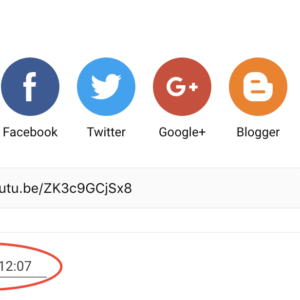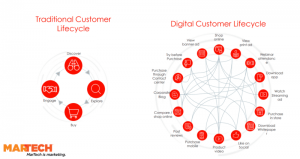
Purchasing something online is inherently risky. You can’t see or touch the product you buy. Instead, you have to rely on images and product descriptions to help you find what you’re looking for. If you’ve chosen incorrectly, you won’t find out until the product arrives, sometimes several days later. To help shoppers feel more confident in their decisions and make the choice to buy, many retailers provide “social proof” – validation based on others’ opinions and actions.
The most common forms of social proof are ratings, reviews and, more recently, Q&A sections. These features allow shoppers to get more information from others who have purchased the product, which is incredibly valuable to researching visitors.
Yet all of these forms of social proof require input from shoppers. They don’t exist until a shopper has purchased a product and then decided to rate, review or answer a question. It isn’t always easy to get customers to review every product in your catalog, particularly if your inventory turns over quickly or if you serve a niche market. In this post, I’ll show you how to overcome this challenge.
What is Social Proof?
Let’s first take a step back and define social proof. Humans often seek cues from others to help them make the right decision in a situation where they don’t have all the details. They rely on the wisdom of the crowd, assuming that others have more information. Have you ever been in a public place, looking for an entrance or the start of a line? In these situations you’ve likely followed a group of people, assuming that the crowd can’t be wrong. That’s social proof.
Social proof is a very powerful psychological concept that many companies leverage in their marketing. Personally, I see it all the time when a blog site asks me to “Join 50,804 other marketers” by signing up for their newsletter, or when a news site tells me how many other readers have already shared the article I’m reading.
A Quick and Easy Way to Add More Social Proof to Your Website
Imagine that you’re shopping for a particular product, say a plus-sized green patterned dress. You begin by conducting a Google search and land on a site with a dress you may be interested in. You find exactly what you’re looking for, but you’re a little anxious and you’re looking for validation.
Posting “wisdom of the crowd” numbers is a powerful way to create validation for your shoppers. For example, knowing that 758 other shoppers have viewed the dress today, creates a social validation of the popularity of the dress as well as the brand. In the example below, this retailer leverages social proof in this way, with Evergage SmartTrends.

This can also have the added benefit of creating urgency to purchase. If you see that several people have purchased the product today, you may be more willing to convert immediately rather than taking a while to decide. In the example below, the retailer drives urgency by indicating the number of shoppers that have purchased a particular dress shirt today, displayed in green right under the product description.

In both of these examples, shoppers do not need to provide any input. Evergage is collecting the data on how many shoppers are viewing or purchasing its products and providing it in real time to other shoppers. It’s a passive form of social proof.
Final Thoughts
Social proof is a great tactic to alleviate purchase anxiety and encourage shoppers to convert. Ratings, reviews and Q&A sections are valuable forms of social proof, but the real-time counters I’ve described above are easy additions to any e-commerce site to enhance the effectiveness of reviews or fill in gaps where reviews are missing.
To learn more about how Evergage can help you address your e-commerce website challenges, request a demo today.
Business & Finance Articles on Business 2 Community(95)







